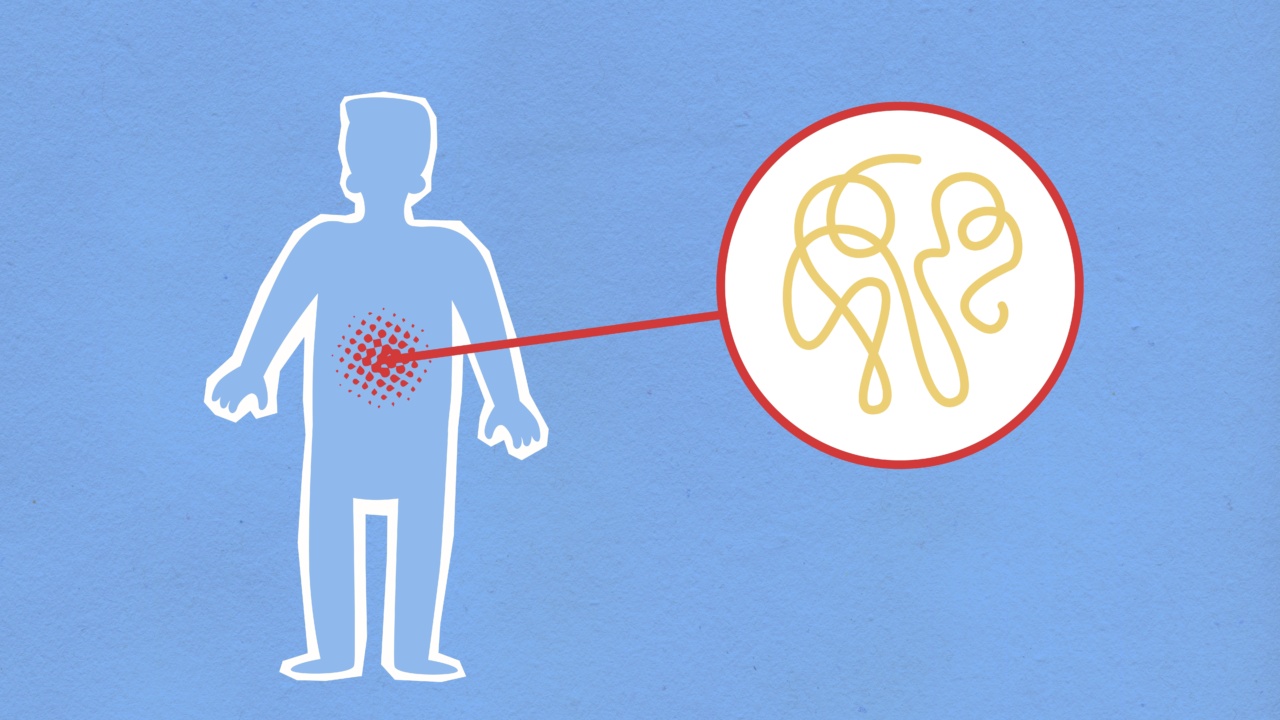High cholesterol levels in the body can have a variety of unintended side effects. In addition to contributing to a higher risk of heart disease, high cholesterol can also lead to body pain.
In this article, we explore how body pain can be an indicator of high cholesterol and what measures can be taken to reduce such pain and lower unhealthy cholesterol levels.
Understanding Cholesterol
Cholesterol is a type of fat that’s produced by your body and is also found in certain foods. Although cholesterol has a bad reputation, it is essential for the normal functioning of the body. It helps in building cells, producing hormones and vitamin D.
Cholesterol is carried through the blood to your cells by lipoproteins. There are two types of lipoproteins, Low-density lipoprotein (LDL) and High-density lipoprotein (HDL).
LDL is commonly called “bad” cholesterol because it contributes to plaque, a thick, hard deposit that can clog arteries and make them less flexible. HDL, on the other hand, is known as “good” cholesterol as it helps remove “bad” cholesterol from your arteries.The body needs only a certain amount of cholesterol to function correctly and efficiently.
Body Pain As An Indicator of High Cholesterol
Body pain can be an indicator of high cholesterol levels in the body. High levels of LDL cholesterol can cause inflammation, which can lead to pain and discomfort in different parts of the body.
Such pain is usually chronic and can be felt in the chest, back, legs, or arms. It can be a sign of impending heart disease, and it’s important to contact your doctor immediately if you experience any such symptoms. Here are some warning signs to look out for:.
Chest Pain
Chest pain is one of the most common warning signs of a heart attack. If you experience chest pain, especially if it’s accompanied by shortness of breath, dizziness, or nausea, it’s essential that you contact your doctor immediately.
Such symptoms could be a sign of heart disease, which has been linked to high cholesterol levels in the body.
Back Pain
Lower back pain is also a common symptom of high cholesterol in the body. The pain can be severe and usually felt near the lower end of the back. It is usually accompanied by stiffness or tension in the muscles.
High cholesterol can cause inflammation in the blood vessels, which can reduce blood flow and, in turn, cause pain.
Leg Pain
Those with high cholesterol levels may also experience leg pain. Pain in the legs can range from mild to severe and can be accompanied by cramping, numbness, or muscle weakness.
This is because high cholesterol can lead to peripheral artery disease (PAD), which is a condition where the narrowed arteries restrict blood flow to the legs, leading to pain and discomfort.
Arm Pain
Arm pain can also be an indicator of high cholesterol levels in the body. Such pain is usually felt in the upper arm and can be accompanied by a tingling sensation or numbness.
The pain can also be felt in the shoulder and neck areas, and it’s usually caused by poor blood circulation.
Managing High Cholesterol And Reducing Body Pain
There are several ways to manage high cholesterol and reduce body pain caused by it. It’s essential to adopt a healthy lifestyle to control high cholesterol levels. Here are some measures that can be taken:.
1. Diet Changes
Your diet plays a significant role in managing your cholesterol levels. A diet rich in fruits, vegetables, whole grains, and lean protein can help reduce cholesterol levels.
It’s important to avoid saturated and trans fats, which can increase LDL cholesterol levels.
2. Regular Exercise
Regular exercise can also help improve cholesterol levels and reduce inflammation in the body. It’s essential to do at least 150 minutes of moderate-intensity exercise per week and incorporate strength training exercises as well.
3. Quitting Smoking
Smoking increases the risk of heart disease and can exacerbate high cholesterol levels. Quitting smoking can help improve cholesterol levels and reduce the risk of heart disease.
4. Medication
In some cases, your doctor may prescribe medication to lower your cholesterol levels. Medications such as statins are known to reduce cholesterol levels and the risk of heart disease. However, medication alone cannot replace a healthy lifestyle.
It’s essential to follow a healthy diet and exercise regularly, even while on medication, to achieve optimal results.
Conclusion
High cholesterol levels in the body can lead to body pain and discomfort, which can be a sign of impending heart disease.
It’s important to look out for warning signs and adopt a healthy lifestyle to reduce cholesterol levels and reduce the risk of developing complications. Eating a healthy diet, exercising regularly, quitting smoking, and taking prescribed medication can all help improve cholesterol levels and reduce body pain caused by high cholesterol.































